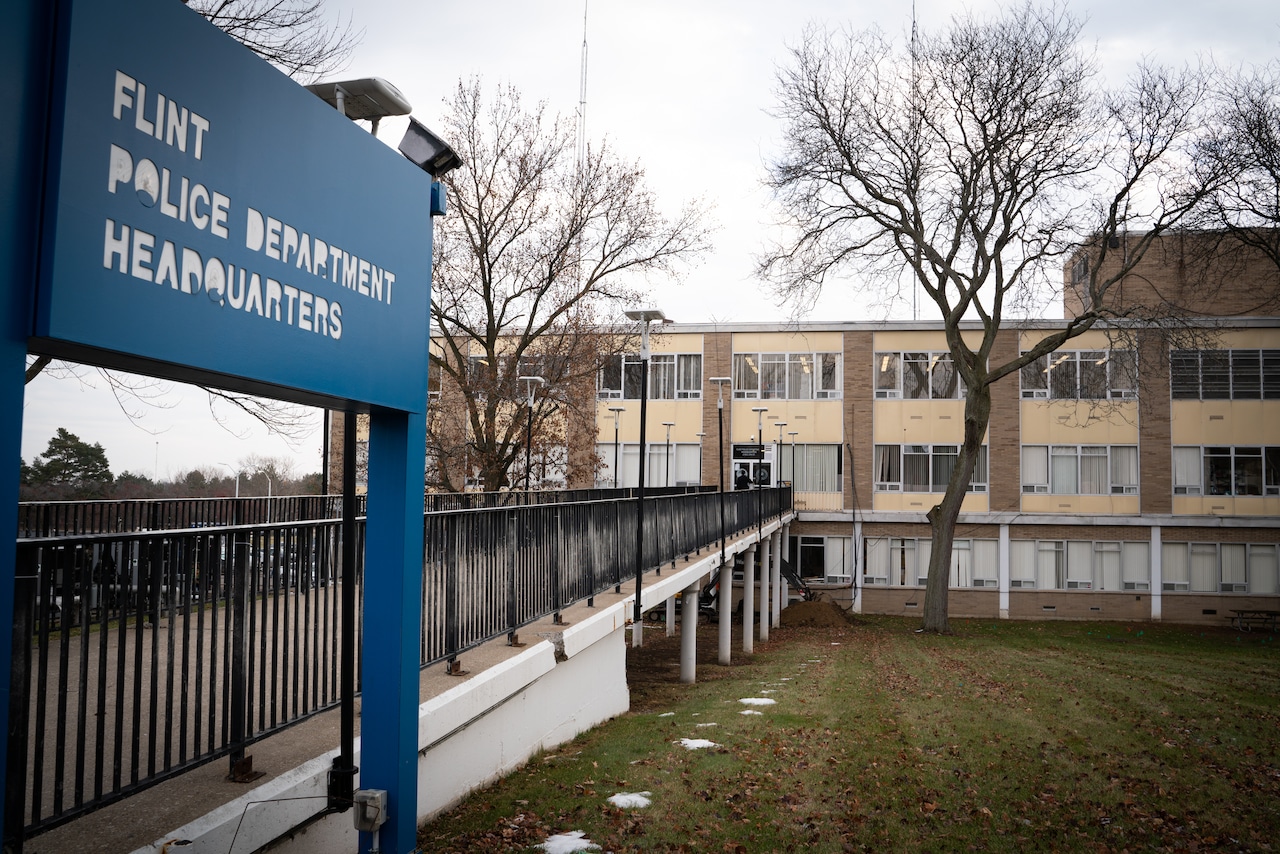Copyright M Live Michigan

FLINT, MI -- Flint City Council members want the air inside the headquarters of the Flint Police Department tested, saying officers deserve to know of any potential threats. Council members unanimously agreed on Wednesday, Nov. 10, for the city to do all things necessary to test for mold and other potential hazards in the building on Fifth Street. Councilwoman Tonya Burns (Ward 6) proposed the directive after receiving complaints from retired and active duty officers, and after a union official told MLive-The Flint Journal last week that air quality has been a concern among the rank and file for years. Mayor Sheldon Neeley has told the Journal that he supports “efforts to make sure things are safe for workers inside City Hall,” and City Administrator Clyde Edwards said on Wednesday that Flint’s aging municipal complex is “very old with a lot of interesting problems.” “That Police Department is not a healthy environment when you’re looking at rusted pipes ... and it’s coming down” from the ceiling, Burns said Wednesday. “They are working in poor conditions ... The mold, the mildew, the asbestos -- something has to be done.” Burns said she’s received complaints of rashes, headaches, breathing issues, and cancer among long-time and retired employees. Police headquarters are a part of Flint’s City Hall complex, which was built in the late 1950s. The complex includes five buildings -- City Hall, City Hall South, City Hall North, a small domed auditorium, police headquarters, and fire headquarters. Despite periodic efforts to make upgrades, the complex still shows signs of old age and limited reinvestment. Neeley is the latest mayor to suggest that further discussion and study are needed to consider whether it makes more sense to invest further in the existing structures or whether the city should consider construction of a new City Hall. John Cramer, president of the Flint Police Officers Association, told the Journal last week that employees have been concerned about air quality because of repeated water leaks at the Police Department and the resulting mold and mildew. Cramer said water leaks sometimes creep down from the building’s third floor to its basement, where water is mopped up or collected. Questions about the potential health fallout from mold come more than two years after the council approved a resolution from the Neeley administration to investigate and mitigate other potential health and safety issues in City Hall. The action came after two employees in the city Clerk’s Office said they were exposed to mold that made them sick. Air quality testing of the Clerk’s Office was negative for Stachybotrys chartarum -- a greenish-black mold that the Centers for Disease Control and Prevention says can grow on material with a high cellulose content, such as fiberboard, gypsum board, and paper.



